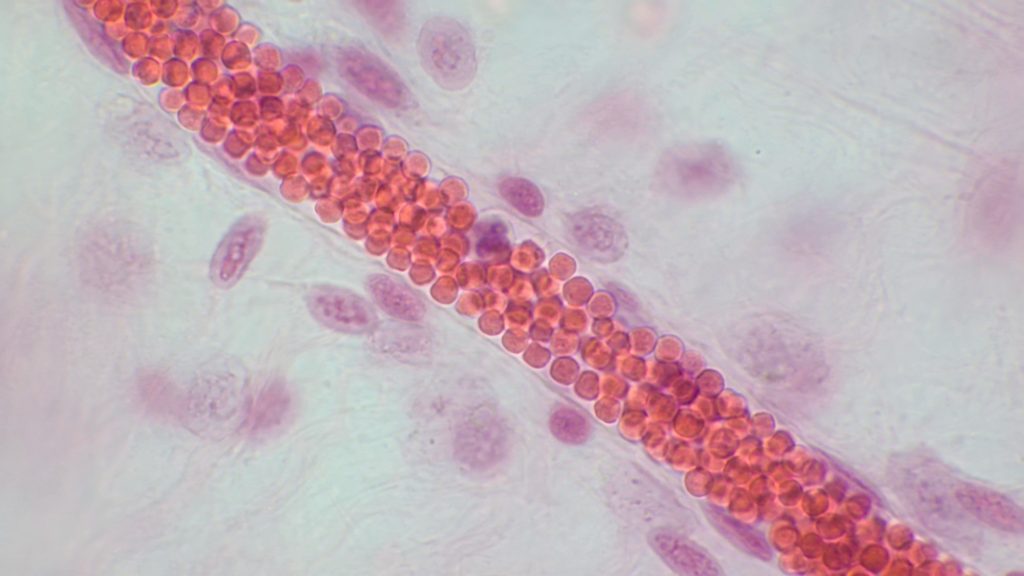Recent studies indicate that MMA athletes undergo more detrimental blood changes than boxers, emphasizing the urgent need for tailored recovery approaches.
Study: Changes in the rheological properties of blood in combat sports athletes (boxing vs MMA). Image credit: BioFoto/Shutterstock.com
Study Overview
A new examination of blood viscosity and flow characteristics differentiates the impact of simulated MMA sparring from that of boxing. Findings, published in Scientific Reports, indicates that MMA causes more significant alterations in the deformability, aggregation, and plasma volume of red blood cells compared to boxing.
Background Insights
Combat sports, such as boxing and MMA, involve intense physical confrontations that rely on anaerobic metabolism and subject athletes to considerable physiological stress, leading to notable alterations in blood rheological properties. These properties encompass blood viscosity and flow, shaped by the interplay of plasma and red blood cells (RBCs).
The deformability of RBCs is crucial for their movement through narrow capillaries for efficient oxygen delivery. Exercise can significantly affect RBC deformability, impacting overall blood rheological properties.
Study Design
The study involved elite-level athletes—16 boxers and 16 MMA fighters—who were compared against a control group of 14 sedentary men. Blood samples were collected before and after controlled sparring sessions to assess RBC deformability and fibrinogen concentration, key indicators of blood rheology.
Main Findings
The results highlighted that while boxers exhibited increased RBC deformability at certain shear stresses, they also showed elevated fibrinogen levels, which is linked to RBC aggregation and increased blood viscosity. Notably, a decline in RBC deformability was observed in boxers post-session, suggesting potential oxidative stress impacts.
In contrast, MMA fighters demonstrated heightened levels of RBC aggregation and reduced deformability after intense sparring. The study noted a marked increase in white blood cell counts and fibrinogen among MMA participants, indicating greater physiological disturbance from their training routines.
Conclusion and Implications
The findings reveal that MMA sparring has a more pronounced negative effect on blood rheological properties than boxing, likely due to the comprehensive and intense nature of MMA training. This underscores the necessity for tailored recovery and hydration strategies in MMA to minimize adverse effects on performance and recovery.
Given the study’s limitations—such as using simulated sparring and focusing on elite male athletes—further research is warranted to validate these conclusions in larger and more diverse populations.



